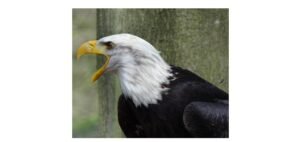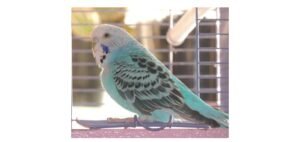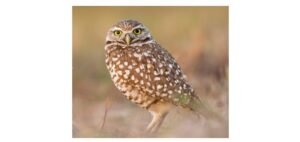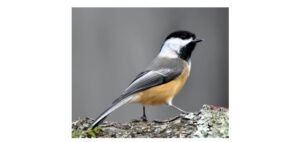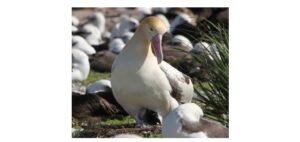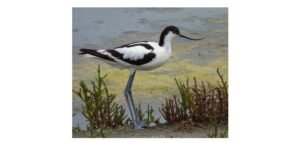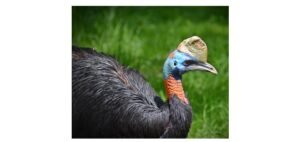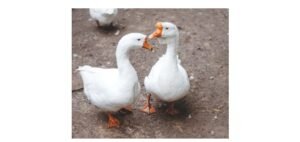
The Booby is a carnivorous creature belonging to the Animalia family, phylum Chordata, class Aves, order Pelecaniformes, and family Sulidae. Sula is its genus. Its length is up to 25 to 36 inches and weighs up to 2 to 3.9 pounds, with a wingspan of 51 to 61 inches and a lifetime of up to 12 to 17 years.
The booby is a rapid-flying bird that feeds on flying fish, sardines, anchovies, and squid. The largest body size and brightly coloured feet are the most distinguishing characteristics.
Adult booby birds don’t have any predators. Physical features include brown, grey, black, and white skin colorations, and feathers on skin, with a potential flying speed of 60 mph.
Booby Description
The booby is a seabird that lives throughout the Central and South American coasts. Anchovies, mackerel, sardines, and squid are eaten by boobies, which are carnivorous birds. These feathered animals appear ungainly when walking on land, but they are excellent flyers and divers. In the wild, they can live up to 17 years.
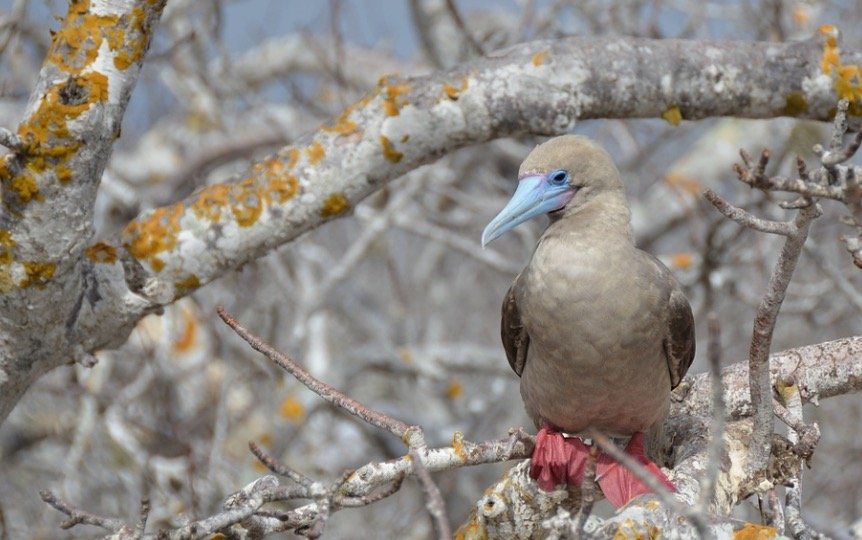
According to scientists, the Galapagos Islands are home to between 6,000 and 10,000 blue-footed boobies. Approximately 2,000 masked booby birds are thought to exist. Although the population of this seabird has fallen in some locations, it has remained steady generally. The blue-footed booby has a conservation rating of least concern.
Fun Facts About Booby!
• The booby bird has a lifelong relationship with the same spouse.
• A colony of booby birds can number up to 200 individuals.
• When a booby bird sees a fish in the water, it may dive from an altitude of 80 feet or more.
• The booby resembles the gannet in appearance.
• The rich blue or even purple hue of this bird’s foot indicates that it is obtaining enough vitamins and other minerals.
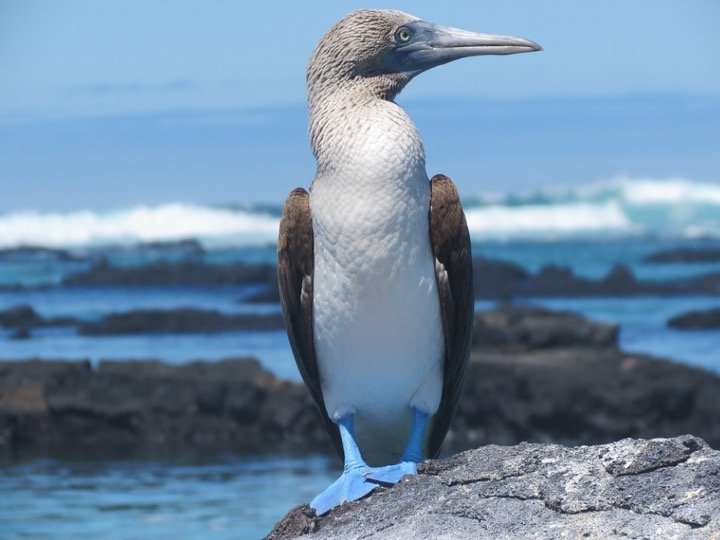
Various Booby Species
Sula nebouxii is the scientific name for the blue-footed booby bird. Its name is derived from the slang phrase “bobo” in Spanish. Bobo is a word that denotes “foolish” or “clownish.”
Bobos were given their names by Spanish sailors who noticed how these feathery creatures walked and moved around on the ground. These creatures would land on Spanish ships, making it simple for sailors to catch and devour them, adding to their reputation for folly.
The Blue-footed booby, the Masked booby, the Brown booby, the Red-footed booby, the Peruvian booby, and the Nazca booby are the six species of this seabird.
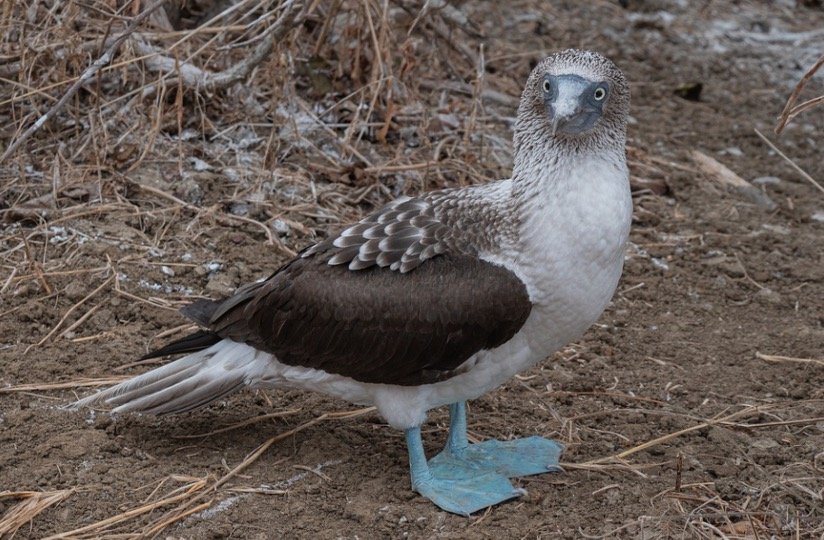
Booby Appearance and Behavior
A booby bird measures 32 to 34 inches in length and has a wingspan of around 5 feet. If you stack two and a half bowling pins on top of each other, you’ll get the same length as a 34-inch booby bird. Imagine a giraffe with a wing span of 5 feet and a length of one-fourth of a giraffe!
These creatures are about 3 pounds in weight. A 3-pound booby bird weighs the same as half a brick. This winged creature’s appearance varies depending on its kind. The brilliantly colourful feet of the blue-footed booby are well-known. This species does not have blue or purple feet from the start.
The infants, often known as chicks, have white feet when they are hatched. Their feet do not turn blue until they reach the age of six months. The feet of a brown booby are not blue. It is distinguished by the dark brown feathers that cover its back and head.
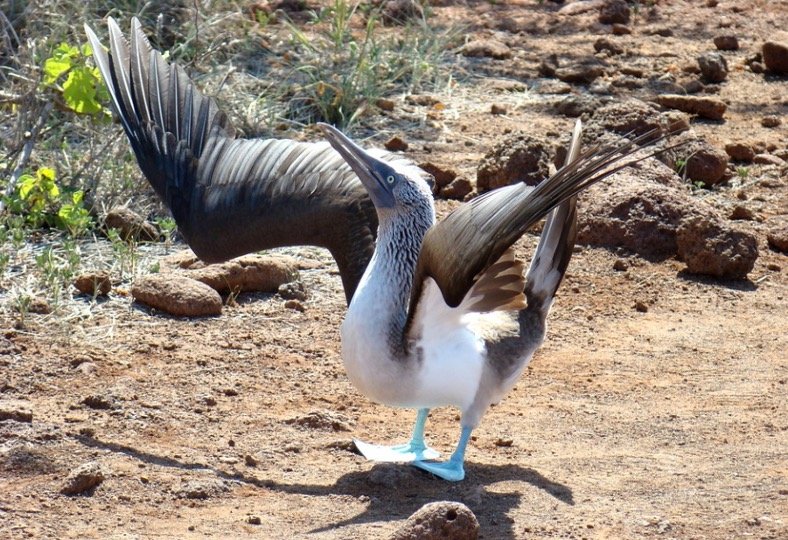
Because it resembles a gannet, the masked booby is sometimes known as the masked gannet. The majority of their feathers are white, with brown on their wings and tail. The masked booby derives its name from the blue mask formed by its feathers on its face. What about the red-footed booby?
You guessed correctly! It is distinguished by its vivid red feet. It also has a pink and blue beak that distinguishes it from other booby bird species. The Peruvian booby has a brown back and wings, as well as a white underbelly.
The Nazca booby, on the other hand, has white feathers on its back and some brown feathers. The colour of its beak is a mix of orange and pink. This creature has a serrated beak and two golden, intense-looking eyes.
The rough, pointed edges of this animal’s beak assist it in grasping the slippery fish that it eats. A booby bird’s feet, whether blue-footed, red-footed, or any other species, serve a purpose other than walking.
To attract a mate, male blue-footed boobies flaunt their feet. Both males and females shield their offspring in the nest with their feet. The masked booby is the biggest of the species. It can have a wingspan of up to 5 feet 7 inches and weigh up to 5 pounds.
This is a sociable animal that lives in a colony. A colony might have anywhere from a few dozen to hundreds of birds. Due to the sheer number of birds present, predators may be deterred from approaching a colony to steal nests.
Grunting, honking, and whistling are all common sounds made by these critters. As you can expect, visiting a colony of these creatures is a pretty noisy experience. Curiosity is one of the most distinguishing characteristics of a blue-footed, red-footed, masked, or other species of booby bird.
This seabird is unlikely to be alarmed if a human approaches it. Indeed, they have a reputation for landing on boats or other sorts of watercraft to observe human activities. During mating season, these creatures may be hostile.
For example, if two males are vying for a female’s attention, there may be some aggressive behaviour between them. Aside from that, they’re typically non-aggressive creatures with an inquisitive attitude.
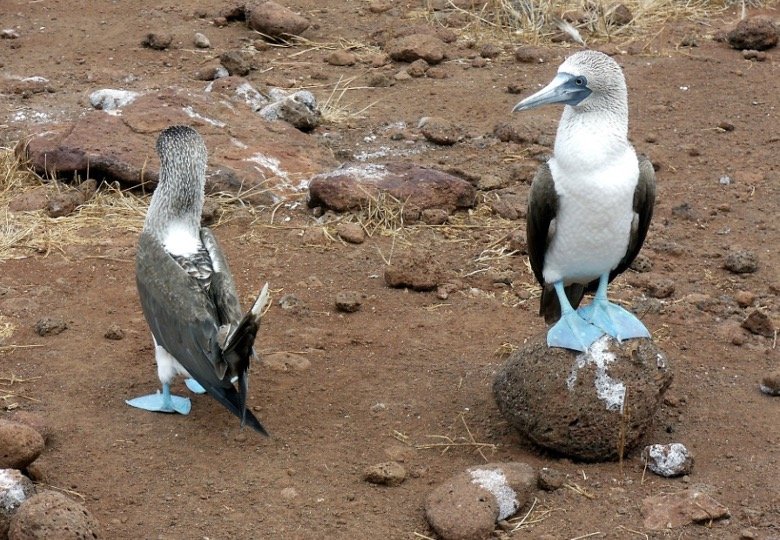
Booby Habitat
These are animals from the tropics. The blue-footed booby may be found on the western shores of Central and South America. The Galapagos Islands have a large population of this species. The brown booby is found in the Gulf of Mexico, the Caribbean, the Indian, and Pacific Oceans.
Large portions of the Pacific Ocean are home to the masked booby bird. This seabird spends the night in its land-based colony. It takes to the air throughout the day to search for fish in the water.
These seabirds are exceptional flyers, even though they walk in an ungainly, shaky manner on land. When they see a fish, they flatten their wings against their bodies and dive from an altitude of 80 feet or higher.
Additionally, they have the ability to go 50 feet beneath the water’s surface. The nostrils of this animal are covered by a flap of skin, allowing it to dive without water streaming up its nose.
These seabirds also have a third eyelid that shuts before the animal reaches the water’s surface. Consider a booby bird to be a champion diver with a natural nose plug and goggles.
When you consider that the booby bird can strike the water at 60 miles per hour, it’s no surprise that it’s developed these adaptations to ensure a safe dive. These creatures do not migrate.
They do, however, migrate to a breeding region within their habitat’s range. This animal’s breeding season runs from June to August.
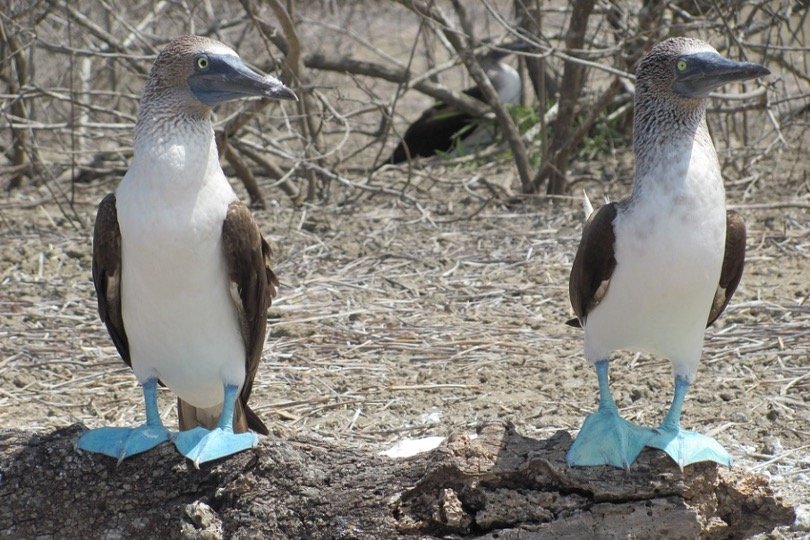
What Do Booby Eat?
This feathery species eats meat. They are known to hunt in bunches, so when one of them sees a school of fish, they all eat. There are no natural predators for adult booby birds.
However, snakes, owls, and other larger birds may consume the chicks and eggs of this species. This bird eats fish such as anchovies, sardines, and mackerel, as well as squid.
Female booby birds can dive further into the ocean than their male counterparts. As a result, they may devour fish that are bigger than those caught by males.
Booby Predators and Threats
Adult booby birds are mostly secure from predators, but their young chicks and eggs are at risk. Snakes, owls, and other huge birds have been known to take and consume babies from nests.
Human-caused water contamination poses a hazard to these organisms. In addition, meteorological occurrences such as El Nino have affected the clupeid fish population.
The Galapagos Islands’ booby birds eat this fish as their major source of protein. The blue-footed booby has a steady population and is classified as least concern.
Booby Reproduction, Babies, and Lifespan
The blue-footed booby’s breeding season is from June through August. A male blue booby struts around in an attempt to attract a possible mate’s attention. He’ll be sure to flaunt his brilliant blue toes!
Feet that are bright blue or even purple in colour indicate that the bird is healthy and hence a wonderful mate. Males may also whistle in order to get more attention. Once a female and a male couple up, they are committed to one another for the rest of their lives.
These winged birds build their nests on rocky terrain or on a sandy beach. The nest is designed to look like a bowl. By the time the eggs hatch, the nest is completely surrounded by excrement.
This is due to the fact that the female and male relieve themselves at the nest in order to keep an eye on their offspring.
These birds have a gestation period of 40 to 45 days. This is close to the gannet’s gestation span of 42 to 46 days. A clutch generally consists of two or three eggs.
The eggs are light blue in hue and are rarely uniform in size. The mother and father alternate sitting on the nest, their colourful feet guarding their eggs. One of the members of the couple goes out in search of food for the other, who is protecting the nest.
Once the eggs hatch, the featherless chicks are nourished by both their mother and father. They are fully reliant on their parents for everything. The chicks are vulnerable to burns from the intense light of the tropical habitat since they lack feathers.
The parent birds use their feet to keep their young cool and safe. The chicks spend two months in the nest. Young birds are likely to stay in the same general location as their parents after leaving their nests.
In the wild, these creatures can live to be approximately 17 years old. A masked booby that lived to be 25 years old holds the record for the oldest species. It was found in the Pacific Ocean.
